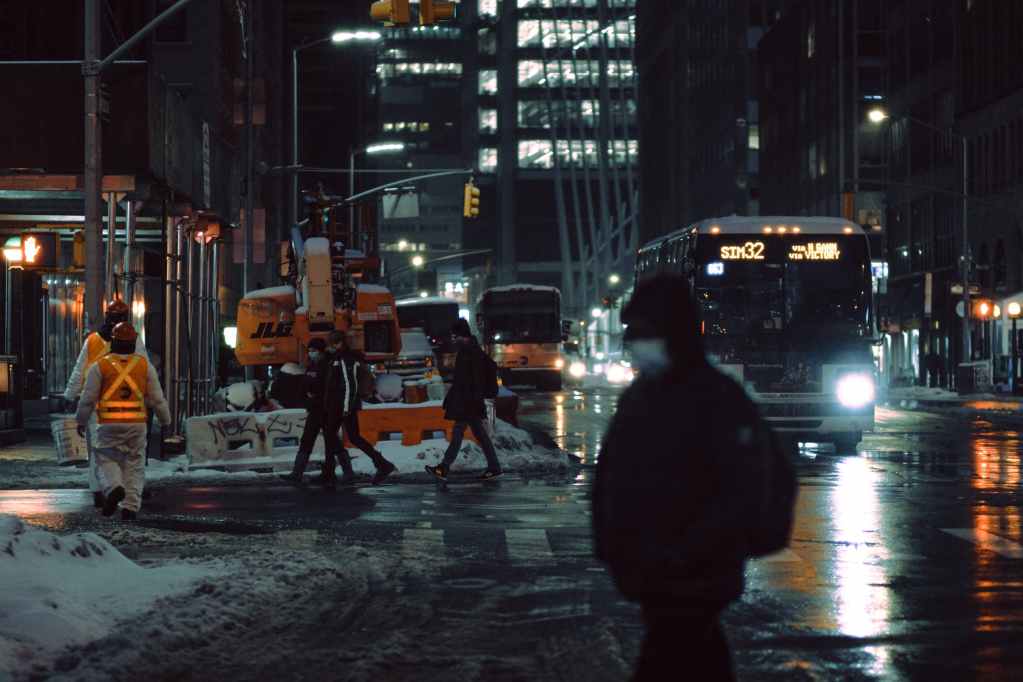Electric buses have been around for quite some time, but their development has been slow and it’s still not easy to find public transport that uses them. Could they be the future of public transport? Are they really a viable alternative? Is this the next big thing in urban transit? Let’s take a closer look at what they are, why are they popular, and whether or not they can become a real alternative to our current infrastructure.
Contents
What are electric buses?
Electric buses were invented back in 1895 by Englishman William Stirling, who named them an electric motor bus. The first electric motor bus we’re actually familiar with is the Wright/Runciman Bus used in London from 1894-1899. As far as electric buses go, you’ll find them almost everywhere these days. They are definitely one of the best candidates for getting off fossil fuels and heading towards a greener future. Why are they so popular? Besides being green and therefore good for the planet, electric buses offer two main advantages compared to fossil fueled buses: convenience and cost. With battery powered buses, you don’t have to stop at the bus stops, so if you want to get to the bus stop, you don’t have to wait.
Why are they popular in the United States?
While the urban transit landscape in the United States is typically dominated by diesel buses (90%), electric buses (5%), and hybrids (10%), in recent years these numbers have shifted. In 2012, electrified buses made up 5% of all buses being used. A few more public transit agencies in the United States have been adding more electric buses to their fleets, and both the Pacifica and Alamo Public Transit districts in San Diego have been making the switch to electric buses in the past year. Electric Buses in San Diego There are still some cities in the United States that don’t have any electrified public transportation, however. These cities have chosen to continue using diesel buses, including Detroit (2%), Seattle (2%), San Francisco (1%), Chicago (1%), and New York City (5%).
Is this the future of urban transport?
Yes and no. They offer an interesting development opportunity for city planners, but they might not be the ‘final solution’ for public transport. One of the reasons why they are less popular and common than electric cars is that electric buses aren’t very practical in cities. Before considering how electric buses could be the future of public transport, let’s try and understand why they are still very much an exception. Electric vehicles and their use in the urban transport sphere are often dismissed as a novelty, or simply the fantasies of green enthusiasts. Most people, as it turns out, are more willing to ride a bus than drive a car. Research has shown that more people would rather ride a bus than drive one.
Are they really a viable alternative to our current infrastructure?
Bus Rapid Transit (BRT): It might be surprising to some people that the humble bus is still considered a rapid transit system. For some time it was believed that the BRT was nothing more than a handy way for large cities to provide people with inexpensive mass transit. By means of the rapid transit, buses can easily reach crowded neighborhoods at night, avoiding major traffic jams. And it’s true that BRTs provide a cheaper and faster way to get around cities by bus. A comparison between a conventional bus and a BRT reveals that the former is significantly more expensive than the latter. If you do the same calculation for the BRT bus alone, you’ll notice that it’s twice as expensive as a conventional bus. But this is where it gets confusing.
Conclusion
Electric buses are currently more of an urban phenomenon, rather than a widespread reality. As someone who lived in New York and Brussels at different times, I must admit that I am surprised to see so few electric buses in the streets. You don’t have to dig too deep to find electric buses in Brussels, just on the list of the 15 electric buses in operation (or under construction). In New York, just a single electric bus lines the streets: on a route that is not well covered by the subway and has very low ridership. As a curious note, my next stop in New York, Kingston, has an electric bus, too. That’s the bus that I took in this post. My point is: there are currently just a handful of electric buses in operation and there are not that many that use them.

